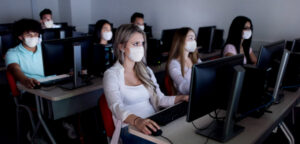
Five Ways to Help Your Students Become Better Critical Thinkers
I had been teaching for nearly 30 years when I discovered that I had failed to instruct my students in the basics of critical thinking.
My moment of awakening occurred in a conversation with one of the best students in that year’s graduating class.












